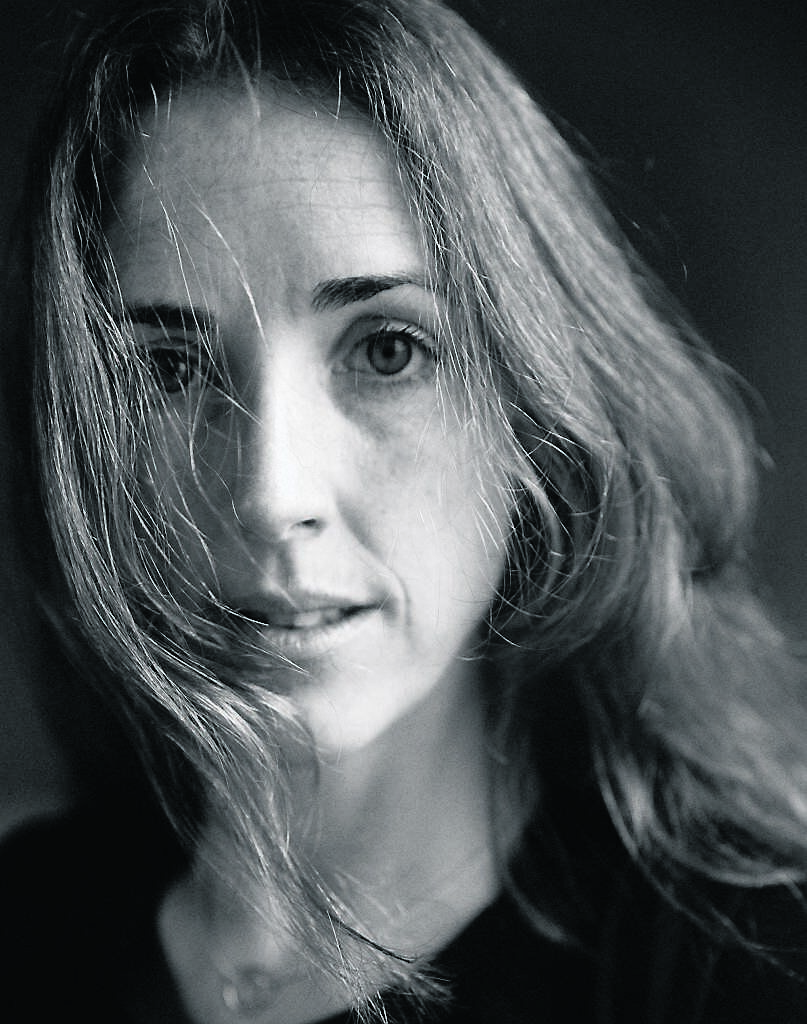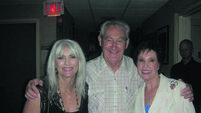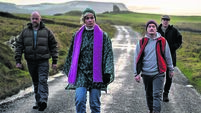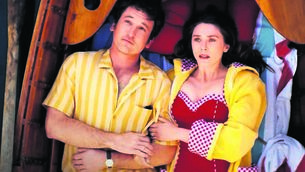Cork film puts female dance pioneers under the spotlight

Joan Davis in ‘This Is It | 8 dance portraits’. Picture: Pato Cassinoni
IT started off as a potential podcast featuring some of Ireland’s pioneering women in dance.
And it has ended up as a critically acclaimed film about eight dancers that will be screened at Triskel on June 21/22 as part of the Cork Midsummer Festival.
Directed by Kinsale-reared dance artist, Laura Murphy, the film, This Is It: 8 Dance Portraits, is billed as a behind-the-scenes look at the lives and perspectives of Jean Butler (of Riverdance fame), Alicia Christofi Walshe, Lisa Cliffe, Finola Cronin, Joan Davis, Katherine O’Malley, Mary Nunan and Angie Smalis.
The film, which premiered at Dublin Dance Festival in May, is brimming with Cork connections.
Lisa Cliffe, from Limerick, has been based in Cork for a long time; the film’s composer is Cork’s Irene Buckley; the text editor is Niamh Prior from Cork; dancer Siobhán Ní Dhuinnínn of Cork features in the film, and one of the advisors of the project is UCC-based Jools Gilson.
As Laura - Cork’s first Arts Council-sponsored dancer-in-residence at Firkin Crane from 2012-2017 - points out: “Historically, the worth of a dancer’s career has been measured by time spent in the limelight. Yet a dancer’s experience of their career extends beyond the stage.
It influences the personal, the mundane and the philosophical.
Laura, who is in her forties, says that in 2019, she was performing less than usual. But dance was still very much alive in her.
“I began to question what a life in dance meant to me and to others. This Is It was created from a desire to answer that question.
“The following year, I started interviewing eight iconic women in dance about their life choices, their concerns and desires. The women were at different stages of life, and coming from different dance traditions - ballet, Irish dancing, contemporary. Each of them told me about how dance is expressed in their lives.”

While they all had a different take on the subject, what they all have in common is “an inner need to be connected to their moving bodies and to themselves. This need animates the portraits in This Is It and offers a glimpse into a life led by the desire to dance.”
Documenting the dancers, Laura spoke to some of them for up to four hours each, recording their thoughts. “When I started editing the interviews down to five-minute segments, I began to realise that a visual component would really support the stories and the information that I was hoping to share.
So I began imagining animation and different styles of footage.
The result is a film in eight parts that is more poetic exploration than documentary-style.
“Each of the women is represented in different ways. For example, Katherine O’Malley speaks about learning to draw when she was a young child. Her father told her to ‘stay between the lines’. He was an eye surgeon so he really meant that. It gave me an image of animation, using lines. So Katherine’s story is told through animation.”
New York-based Jean Butler is a traditional Irish dancer who has also trained as a contemporary dancer and is a choreographer.
“Jean and I met online during Covid. We spoke to each other and danced together in our separate spaces. We questioned how dance was at that time in history.
Jean’s piece manifested as animation as well, in black and white. “There is also footage of her dancing in New York. Lisa Cliffe’s piece is in film. She speaks about her background in farming and being of the first generation of a line of women to make her own living.”
Laura filmed portraits of some mature dancers, aged up to late seventies. They include Joan Davis, described by Laura as one of the founders of contemporary dance in Ireland.
“Joan is still an active choreographer and art practitioner whom I’m working with at the moment.”
The shelf life of a dancer is “shifting”, says Laura.
“It depends on the form. Classical dance is different from Irish dance and hip hop. But it’s changing.
There’s a lot of research on dance and health and dance and sustainability which is wonderful.
There is no one trajectory in the career of a dancer. “There are people dancing into their eighties. There’s a lot of (mature) choreographers and dancers who are still making work.”
Laura says that the athleticism of a younger dancer might shift as they get older. “I see dance as our bodies moving. And yes, there’s form and aesthetics there. But there’s not only one form and one aesthetic. There are different movements. But it’s an art form at the end of the day.”
Is professional dancing hard on the body?
“It can be, depending on what style you’re doing and what work you decide to take on as a dancer. Some work is more demanding physically or it can be demanding artistically or creatively. There’s a duality there; it’s not just physicality.”
Laura, who teaches dance at Trinity College Dublin in the drama and theatre studies department, started dance classes at the age of five in Kinsale with Carmel Audley. She always wanted to dance but it wasn’t until she was 23 that she studied the art form at the Irish World Academy at University of Limerick, followed by Trinity Laban in London.
A freelance artist, Laura says she has “always had a good lot of work but there are quieter points and busier points”.
It’s a career that is rewarding for Laura.







